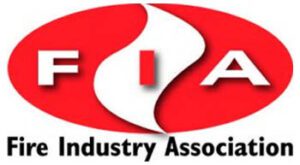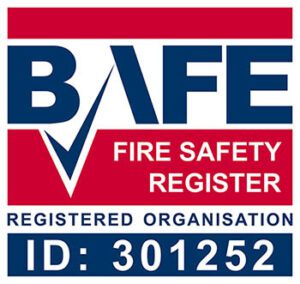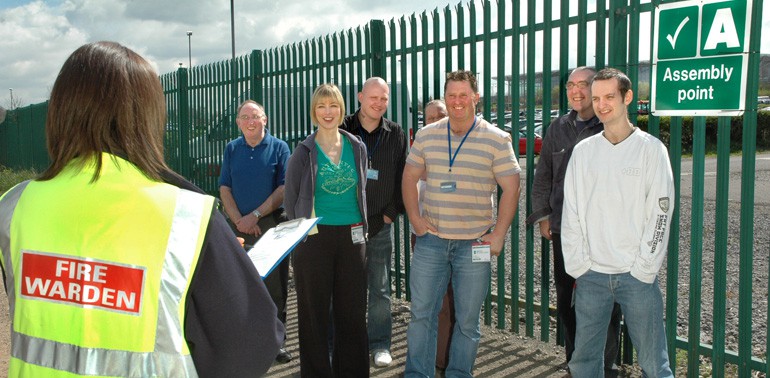Fire is a hazard that could affect any one of us and due to the rate at which it spreads its effects are often devastating.
Fire needs a source of ignition, fuel and oxygen to continue burning.
With oxygen being in the air we breathe, it is important that we have an awareness of keeping potential sparks and fuel separated so we minimise the chance that we will be affected.
Whilst we can’t completely eliminate the risk of a fire breaking out, we can all take steps to reduce the risk.
In the workplace or public buildings, there are strict health and safety regulations that have to be adhered to and these include implementing a suitable fire risk assessment.
Workplace Fire Hazards
In the workplace, a risk assessment should begin with the identification of fire hazards.
Firstly what are the possible ignition sources?
These include any processes involving heat including cooking equipment, industrial processes, lighting, heating and electrical devices.
Even blocked ventilation or extraction systems can cause a fire to ignite.
Secondly, what materials do you have on the premises that could fuel a fire?
These include paperwork, packaging, textiles, wood, chemicals and flammable gases.
Even in a low risk office environment it is likely that cleaning products, paperwork and boxes are stored.
The third consideration is the people who might be in the workplace at any given time, as the business owner has responsibility for everyone within their property.
This extends beyond regular employees to visitors, members of the public, contractors and staff such as cleaners who may only be on site for a short period of time.
In multi-occupancy buildings, a coordinated approach to fire safety is necessary.
A fire risk assessment process then looks at how people and property can be protected by removing the risks of a fire starting, preventing the spread of fire and smoke, installing fire alarms, and other methods of detecting and alerting people of a fire and ensuring effective evacuation.
Wherever possible it is important that potential sources of ignition and the materials that can fuel a fire are kept apart and items such as chemicals are suitably stored.
It is vital that no fuels including boxes are stored in escape routes.
Fire Alarms
Fire alarms can be the most effective early warning system, alerting everyone within a building to the fact that a fire has been detected and giving them the best chance to take action and get out of the building.
However, to be an effective tool, a suitable type of fire alarm needs to be properly installed, managed and maintained by a specialist contractor to ensure it is in full working order.
Whilst manual fire alarms are still used, these rely on an individual taking action to sound the alarm at a break glass point or similar.
Therefore if a fire breaks out in a remote part of the building or in the middle of the night, they are ineffective.
Far more popular are automatic fire alarms. These sound when heat and or smoke are detected by the sensors.
Factors to Determine Suitability of Fire Alarms
The size and use of the building along with the number of people that will typically be inside are a few of the primary considerations.
This can help to determine the number of zones within the building and which solution is the most practical for the setting.
Other considerations include the best course of action to take if a fire was detected, how the fire service would be contacted and how long it is likely to take for the fire service to arrive.
A specialist contractor will be able to advise on the most suitable fire prevention equipment for your premises, including fire alarms.
London businesses are serviced by Surrey Fire and Safety, who support every step of fire risk assessment, implementation and maintenance.




